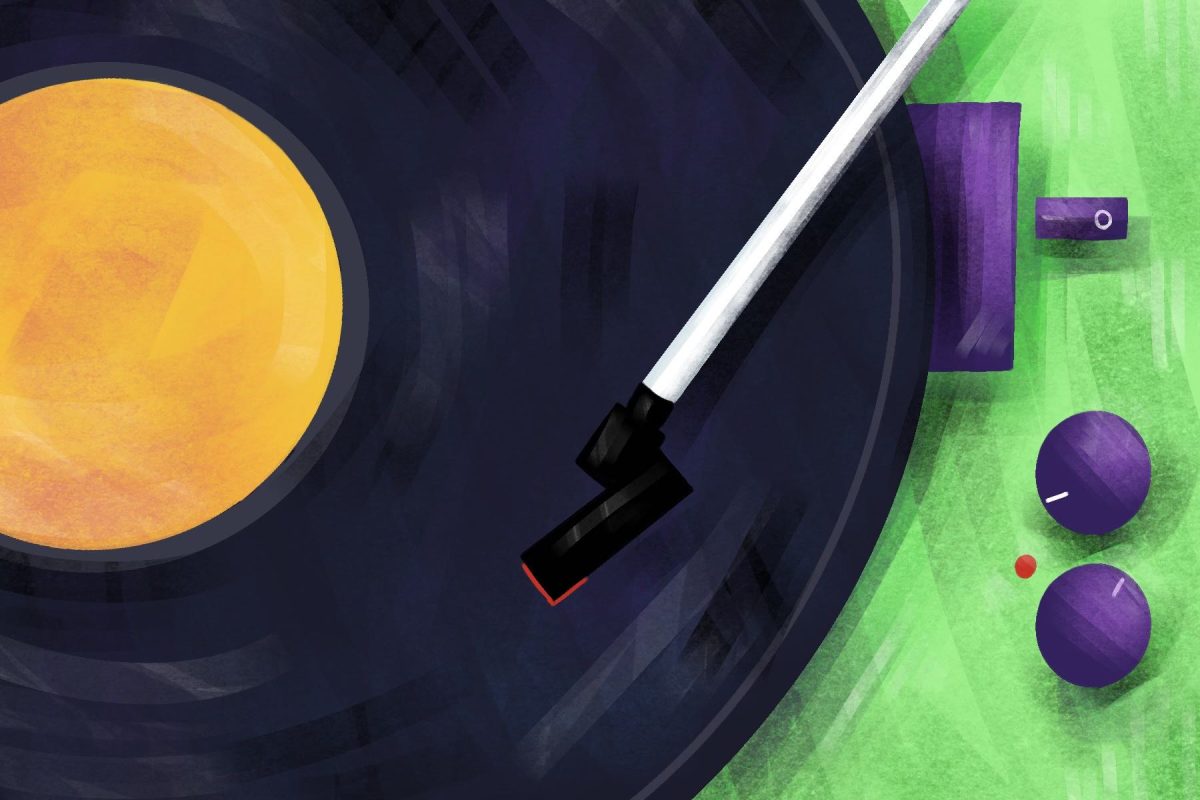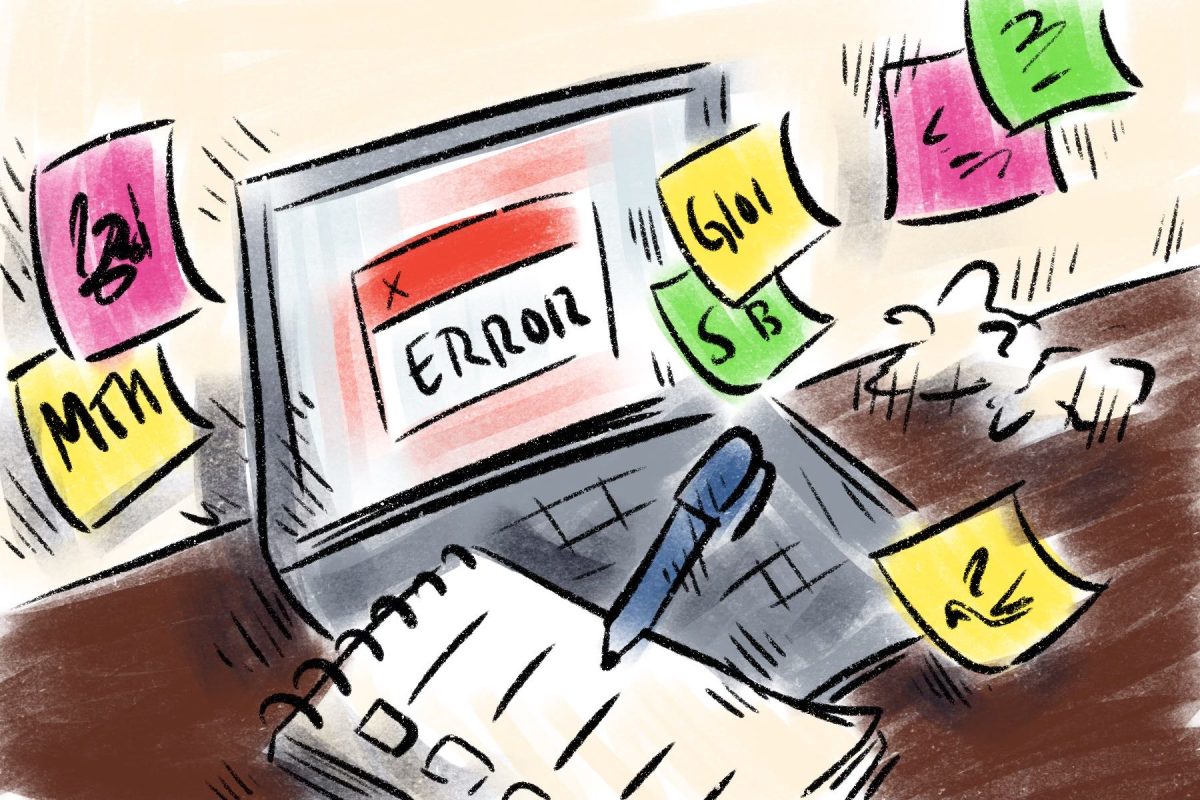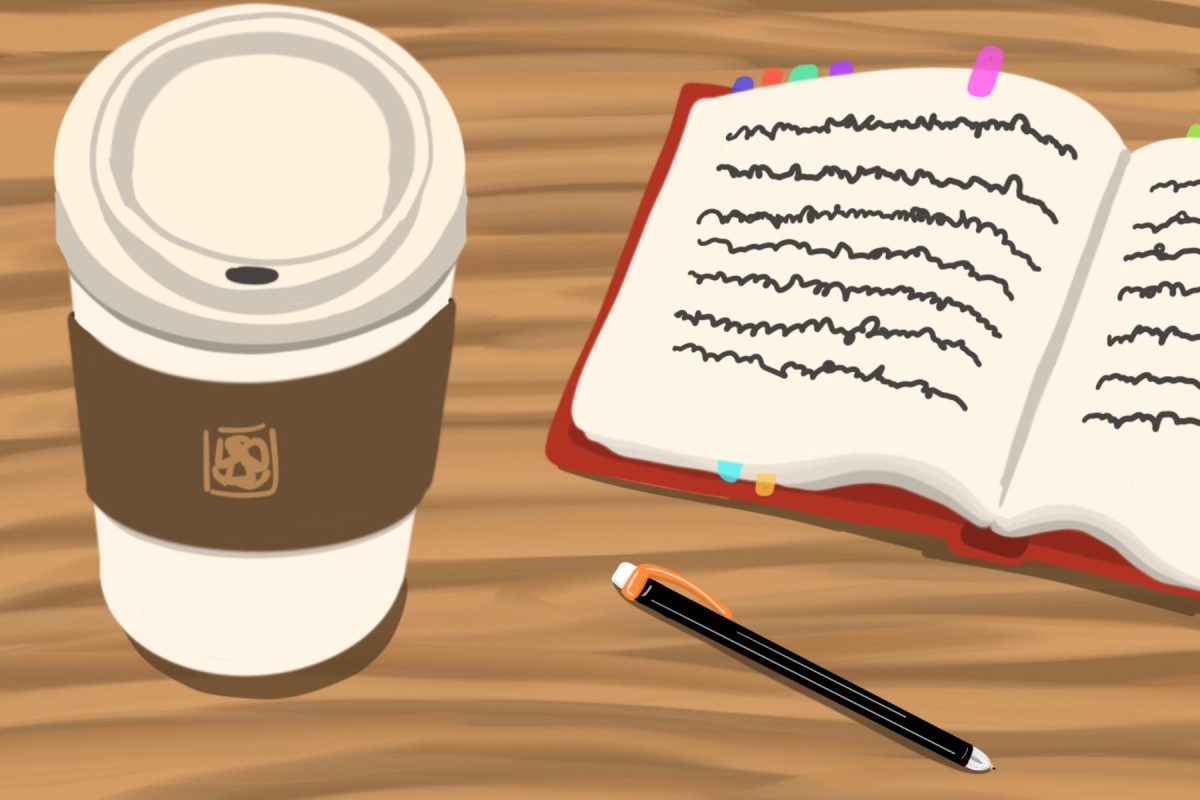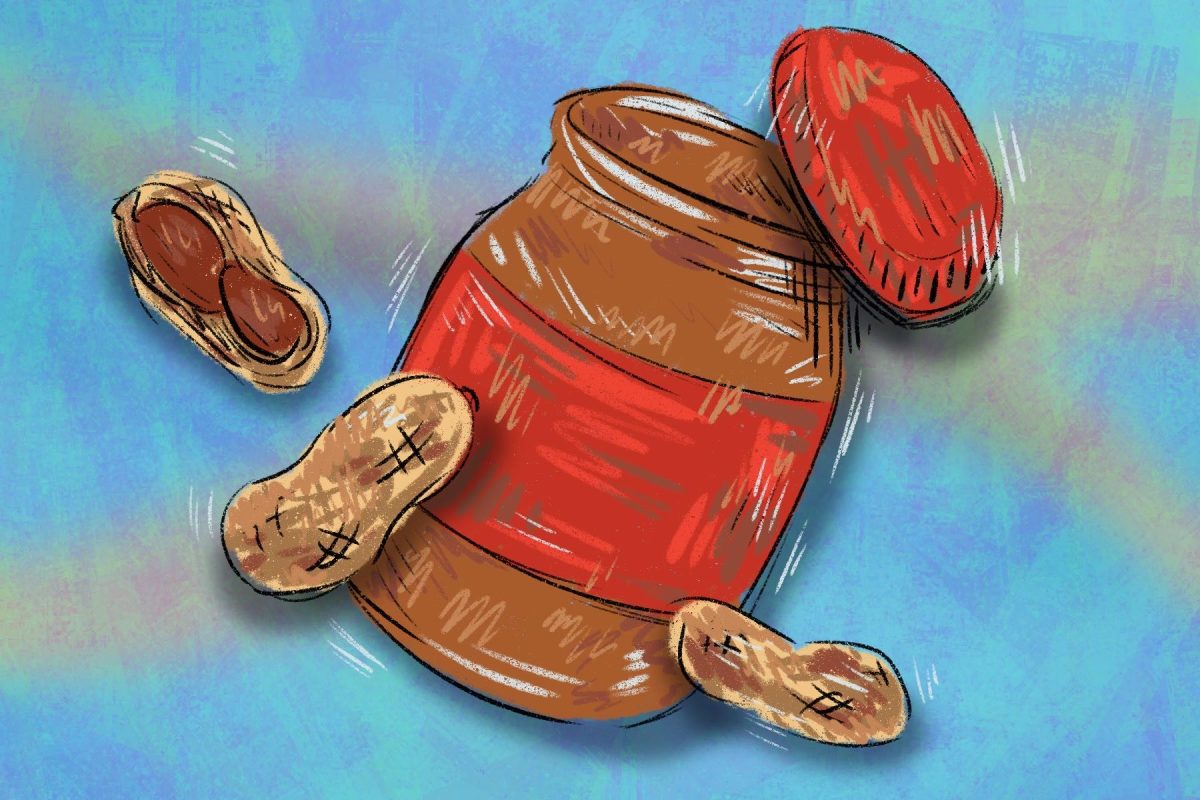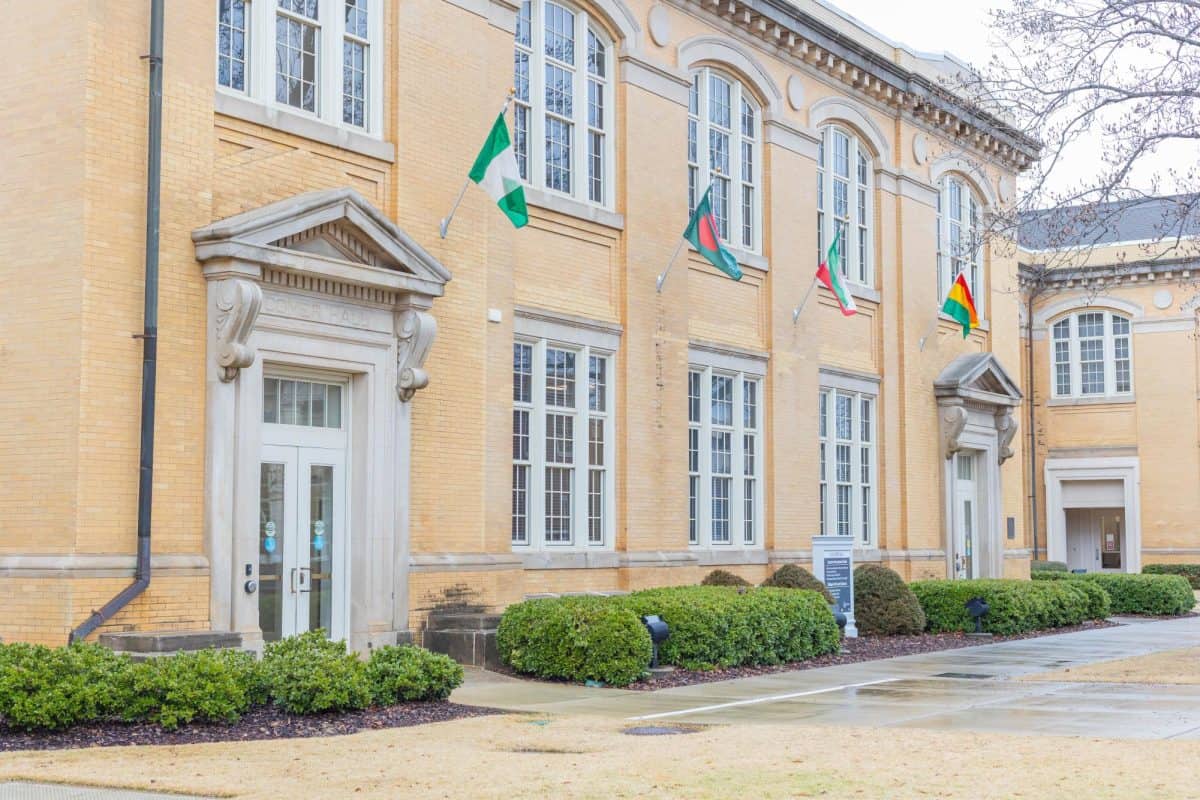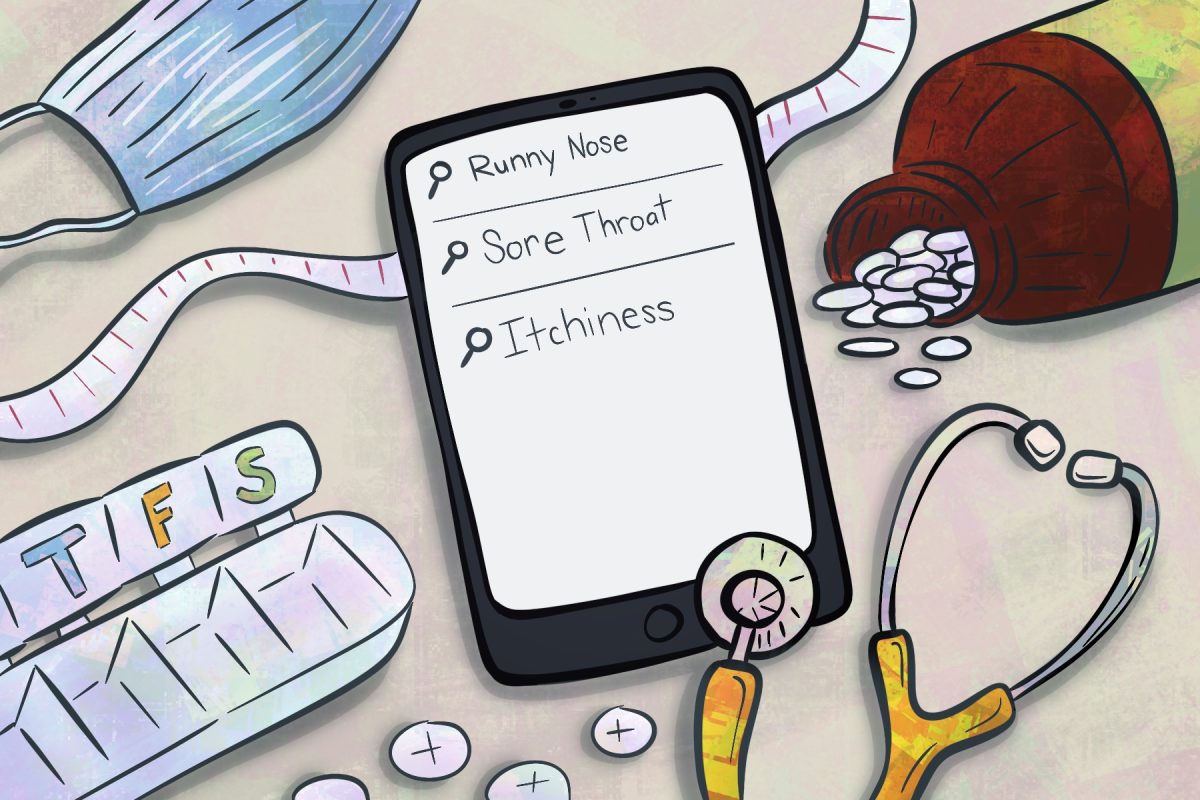My first ever electronic device was a first-generation iPod touch handed down from my older brother to me when I was 11. It couldn’t text, take pictures or even call — but it could play music. I was enthralled with the idea of being a “big girl” and having a phone or phone-adjacent device. I constantly pretended I was taking important business calls and texting friends; it was pure magic to me at the time. But what was even more magical was that I now had something to pass the time on long car rides — listening to music.
Though my favorite songs at the time were the likes of Taylor Swift’s “Fearless” album and the soundtrack to the “Barbie: The Princess and the Pauper” movie, I didn’t have access to those songs. I shared an iCloud account with my father, and therefore only listened to what he did. What did my father have on his Apple Music, you may ask? The entire discography of The Beach Boys and The Beatles, and Vangelis’ “Chariots of Fire.”
Though my friends thought I was an oddball at the time for my new favorite song being “Ob-La-Di, Ob-La-Da” from The Beatles (White Album), I learned to love my father’s taste in music. I grew an appreciation for the oldies at a young age. Even when my dad first taught me to play guitar, he started me on songs by The Beatles. Not only were they simple chords; they became the soundtrack to my adolescence.
Though I now have my own Apple Music account and a far wider variety of songs and playlists, I still hold strong to the fact that my dad has the best taste in music and thankfully he passed it down to me. Music today is constantly breaking barriers and topping charts, but they truly just don’t make them like they used to.
Take Ozzy Osbourne’s “Crazy Train.” It’s no secret that Osbourne was heavily influenced by drugs and alcohol, especially at the height of his career. But he took those experiences and transformed them into thoughts and feelings. The line “I’m going off the rails on a crazy train” can definitely be applied to possible after effects, but is applicable to listeners far and wide, regardless of their drug use.
Though I am a Post Malone fan through and through, his song “Rockstar” has lyrics that deal with similar topics but just don’t have that same deeper meaning. One line in particular, in which the artist sings that he’s been having sex and “poppin’ pillies / Man I feel just like a rockstar,” promotes a live-fast, die-young rockstar lifestyle. While cool in theory, but does not translate much more to listeners than Mr. Malone likes drugs. Artists from older generations partook in the same explicit activities, but it was the implicitness of their lyrics that made them meaningful.
Current music leans heavily into trends and sexual innuendos that cater to an audience that was raised on instant gratification and hookup culture. Music from 40, 30 and even 20 years ago, however, was characterized by experimentation and raw connection of artist to tracklist and soulful melodies. Current artists frequently sample portions of older songs that skyrocket them to the top of the charts, such as Kendrick Lamar’s “luther” sampling “If This World Were Mine” by Luther Vandross, originally released in 1982. It proves that music from the soul withstands the test of time, no matter how much of that time has passed.
Music is a time capsule, a window into the time of release. It’s a language all on its own, and each artist is entitled to their own translations. The music of today is fleeting in popularity, with songs topping charts for weeks at a time only to never be played again. From thoughtful verses to unique composure, older music set the soundtrack to an ever-evolving lyrical landscape.



